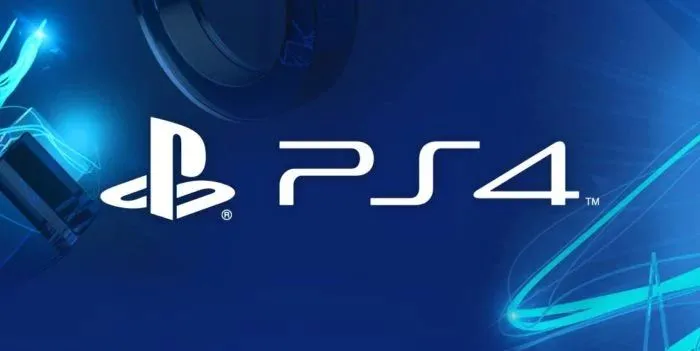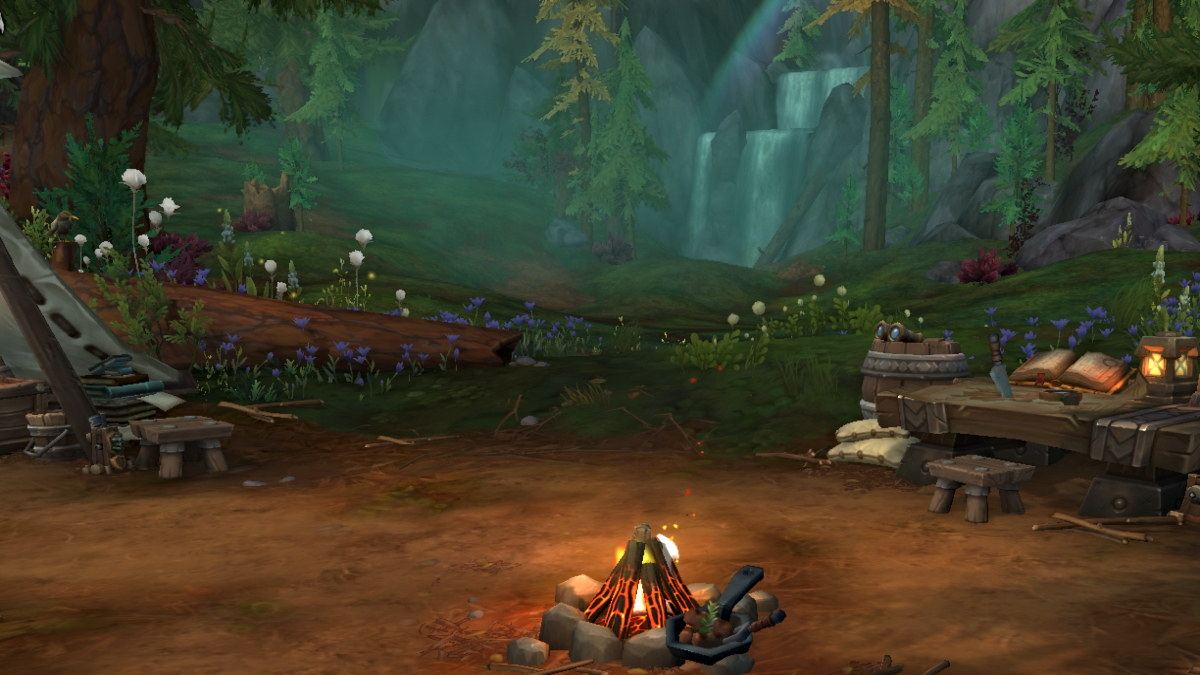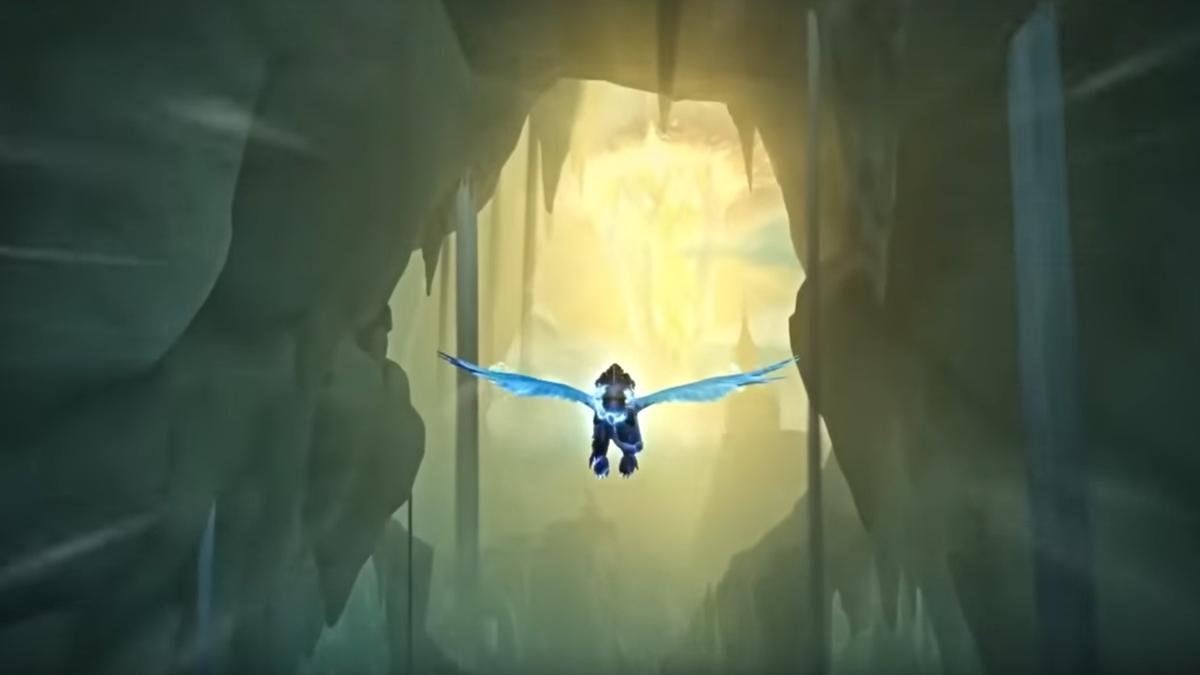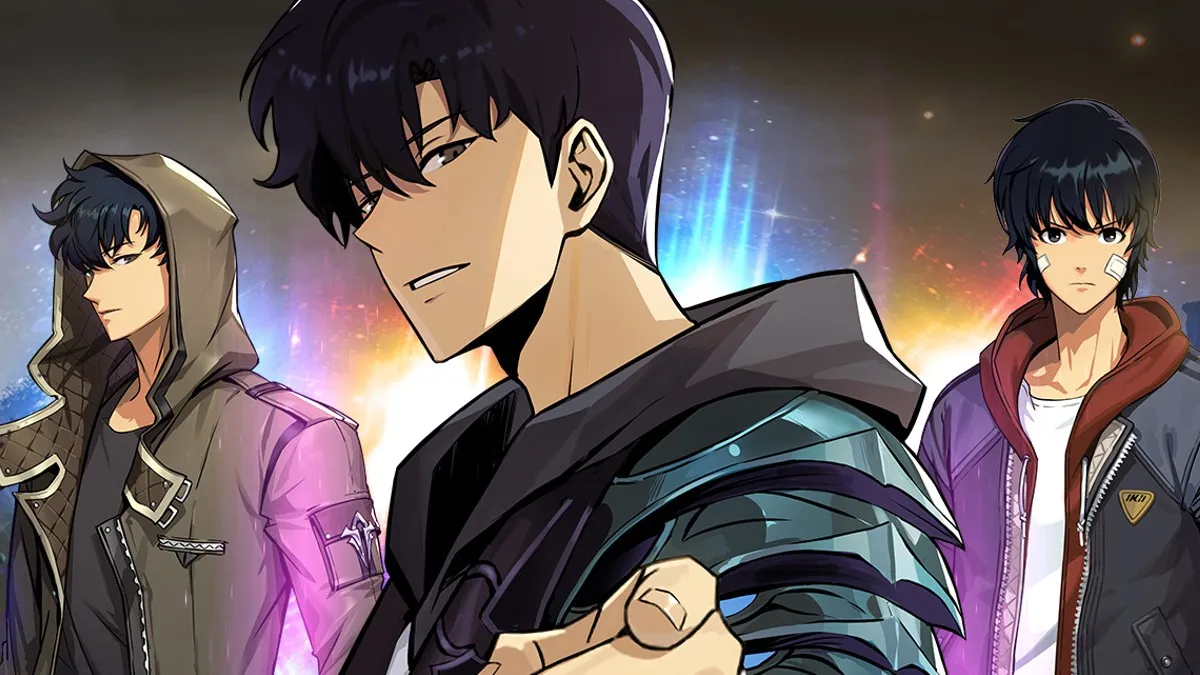Today the Academy of Interactive Arts & Sciences published a new episode of the Game Maker’s Notebook podcast, in which Insomniac Games President and CEO Ted Price hosted a conversation with Sony Interactive Entertainment Worldwide Studios President Shuhei Yoshida.
Interestingly, we hear that Yoshida-san visits studios to see new games every three months or so. He believes that’s a good interval to allow the teams to make enough progress between visits. He is based in Tokyo, but every month he is on the road for one or two weeks.
Yoshida-san talked about the creation of new IP. This is part of the DNA of Sony Interactive Entertainment since the very beginning. As they were new to the industry, competing against companies that had been making games for a long time, they had to focus on new IP. Half of the team also came from Sony Music and they were used to supporting new talent and creativity.
That culture of always supporting creative people who have the passion to try new things has been preserved over the years. Yoshida-san, in his position, tries to make sure the balance is right between supporting existing IP and trying new IP. The success of Horizon Zero Down is evidence that it’s important to support even well-known developers when they want to experiment on something new.
The approach is actually the same when developing new IP or new games of existing IP. The teams create the core mechanics and prototypes, making sure that those ideas are proven by playable builds. Sony ensures that developers put enough time into that without using too many people for the task. That way, when the time comes to judge whether a project should be continued or canceled, not much money has been spent on it just yet.
That being said, as the industry evolves, that prototyping period and the teams involved are becoming larger, so the risk factor is also increasing, but Sony believes it’s a necessary process without which they wouldn’t be able to try new things.
At times a team is trying a new genre, and it’s important to make sure that they can deliver on that. There are often new ideas that seem very exciting on paper, but they often don’t work the first time around, and require further iteration.
Yoshida-san tries not to be the kind of executive that goes to a developer to say “I don’t like red, I like blue.” He has an advantage in the fact that he doesn’t work with the teams every day, so while he tries to understand what the developers are trying to achieve, he can preserve a third-person viewpoint. He tries to give feedback on the mechanics and how they feel to play, as those are universal concepts and not based on his personal taste. If the game doesn’t feel good, all the effort and money put into it would be wasted.
Since the creation of assets requires so much time and effort, Sony tries not to do that until the core gameplay has been proven.
Yoshida-san provides feedback in different ways depending on who he is working with, for instance, if it’s an internal or independent developer. In extreme cases, he might not say anything at the moment, but will then talk with the producers back at home so that they can communicate the feedback in the best way. If it’s an internal team that he works with all the time, he’s more direct.
It’s his experience that the more honest he is about his feedback, the more they appreciate it. When in the past he did not share his real feelings he regretted it and thought he should have been clearer.
According to Yoshida-san, one of the secrets of the success of Insomniac’s games like Marvel’s Spider-man or Ratchet & Clank is that Insomniac appreciates the input coming from Sony’s producers, and Sony appreciates Insomniac’s creativity and execution. Insomniac takes feedback very seriously in order to create the best product for the consumers.
Another interesting point Yoshida-san makes is that being part of a platform means that his team doesn’t have to deliver numbers to investors every quarter. Of course, Sony as a whole needs to do that, but its game development arm doesn’t. They’re not bound by quarterly financials and this makes it easier to take more time for the good of the project. Usually, that’s actually the best decision from a financial standpoint as well.
Another important element is part of the company’s culture that leads executives to appreciate and understand the creative process. On top of that, they know that the final stage of each project — the last three-to-six months — is crucial. In that period, each game goes through rigorous testing, polishing, tweaking, and balancing. That helps a lot in creating the value of a game and reaching its full potential.
When the software arm of PlayStation had to request a delay, the management of the company was always there to support them. These two elements have created a culture that aims for quality.
Historically, developers tend to underestimate how long it’ll take to finish a project, but lately, they have gotten clever in identifying the features and content that can be cut in order to have plenty of time for that crucial final phase of polish. That content can still be added after launch.
Of course, it’s very difficult to cut anything from the main story of the game, but side stories or additional features like photo mode can be cut from the day one delivery and then added back in afterward, leaving the team with enough time to polish what they have.
Yoshida-san believes that while many people wouldn’t mind smaller games than the ones Sony usually release, they appreciate having lots of content. On the other hand, busy people do appreciate short games like Journey. The volume of games is getting bigger and Yoshida-san thinks it’s safer from a business standpoint to provide a certain amount of content, but in the end, the quality of the experience and of the time spent with a title remains the most important element.
Sony also created a culture of openness among studios, with multiple occasions for key members of the team to get together and talk about what they do, what they’re creating, and what they’re struggling with. This created a network of people that can just make a phone call or send an e-mail to ask for hints on how to deal with issues. That sharing of know-how and often even tools is also part of Sony’s culture.
Interestingly, Yoshida-san mentioned that one of the kinds of games that impress him is Battle Royale games. While Sony isn’t making them, they contributed to expanding the whole industry. It’s really hard to tell how much more room there is for new BR games, and in the past, there was a genre that had a similar boom but couldn’t sustain expansion forever, and that’s music games. That being said, Yoshida-san sees Battle Royale as based on a core mechanic that is fundamentally fun. That might have staying power. He argues that in the past, this kind of mechanic couldn’t technically be achieved, and that’s why it’s happening so much nowadays.
Looking at the future, Yoshida-san believes that digital distribution will become more and more widespread simply because it’s convenient. This will help the industry creating new kinds of services.
Sony’s studios have also been observing the way people play the games over time after launch. This is something mobile companies have been doing for a long time, and it helps to determine what areas they should continue to invest in. They’re becoming smarter as developers to be able to provide experiences that people enjoy.
Machine learning will hopefully help to reduce the need for manual labor, balancing out the fact that games are becoming larger and larger. This will allow developers to become more efficient in terms of the use of their employees’ time.
Machine learning can be used to help in creating assets or choosing them within a library. Often developers need to rely on their memories, but technology can help to make the process more efficient. Yoshida-san also read an article talking about online game companies using this kind of tech to find out cheaters.
Interestingly, Yoshida-san mentioned that people at Sony were concerned about reading comments before the current generation saying that it would be the last. Yet, PS4 has broken every single record PlayStation had. Console games are getting bigger and more amazing, and there is no substitute for console gaming.
As long as developers have ideas and as long as they continue to take advantage of future innovations to improve the offering and to make game development more efficient and smarter, Yoshida-san believes consoles will always be accepted as a choice from consumers.
He also mentions that nowadays there are more ways to engage with the games than just playing them, and of course Sony is striving to provide them. On top of that, more people are playing games than before. In the past games were for kids, but nowadays everyone grew up playing games. This creates a new kind of demand for different kinds of content.
Creators have also grown up, like God of War Director Cory Barlog. This reflects in their games. Yoshida-san hopes that veteran game developers continue to be involved in the creation of new games, as this generation of gamers will want different types of games as they grow even older.
Speaking again of new IP, Yoshida-san provided advice to those who would like to make their own. Creating them is the fastest way to find big ideas, but it’s really hard to get that kind of projects funded. Since there are accessible engines available and assets that can be purchased on the marketplace, creating a playable demo should be the first step. Then that should be shown to trustworthy people to gather feedback.
He also mentioned that independent developers working on unproven concepts are indispensable, as they create a future for the industry.
You can listen to the full super-interesting podcast below. If you want to hear more from Yoshida-san, you can check out his comment on Sony’s Japan Studio from a couple of weeks ago.




